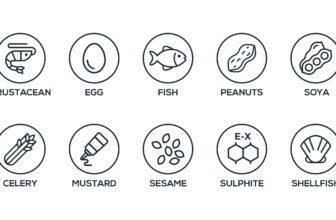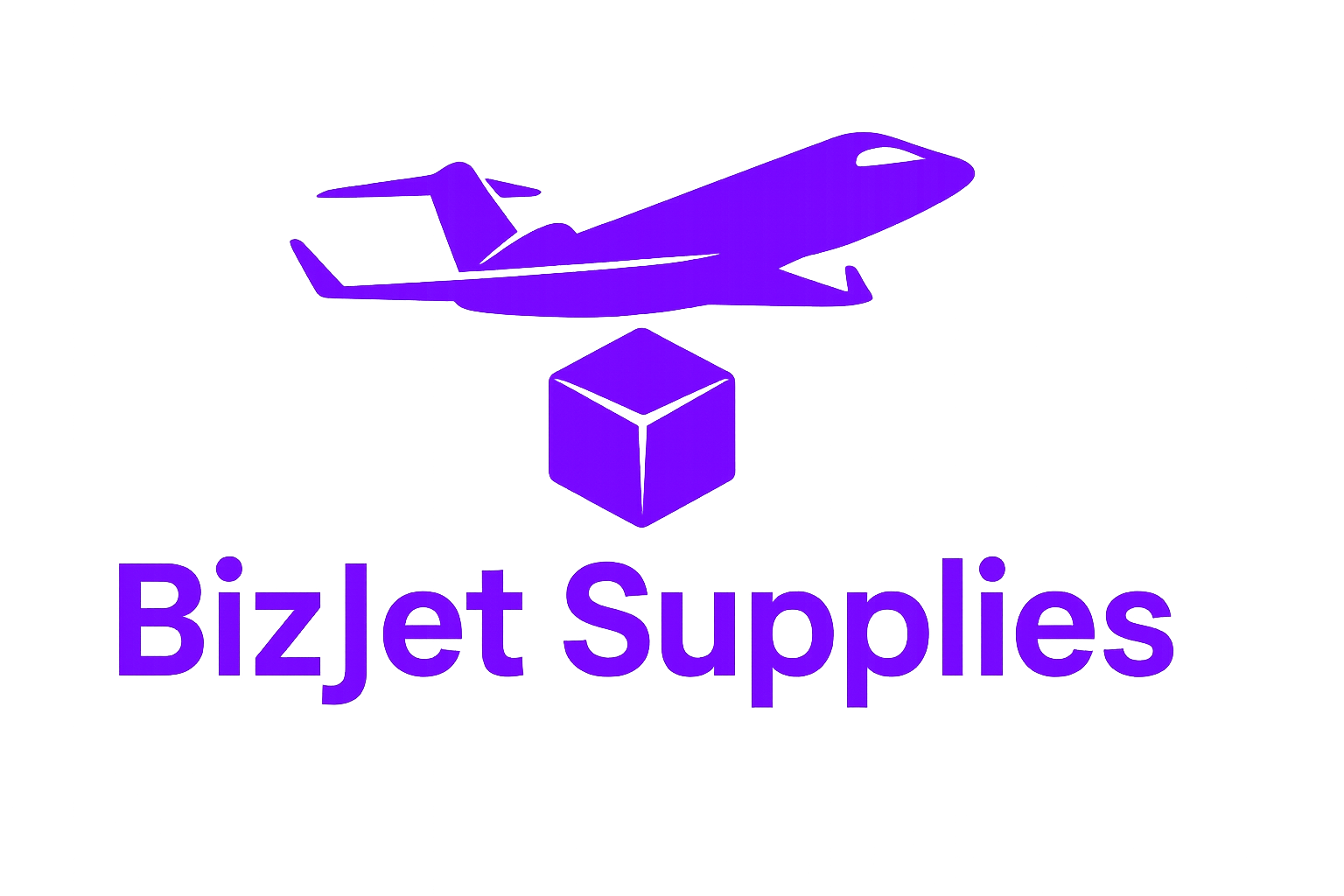Elevate Your Aircraft Maintenance Game
In the world of aviation, safety and performance are paramount. This guide provides essential steps to keep aircraft in optimal condition. From mastering routine inspections to understanding technical manuals, these techniques empower owners and operators to ensure longevity and safety for their aircraft.
What You’ll Need
Mastering Routine Inspections
Could a Simple Check Save Your Aircraft?Develop a comprehensive inspection schedule tailored to your aircraft’s specific requirements. Prioritize daily, weekly, and annual checks to ensure longevity and safety.
Create a checklist that covers all vital components, including:
Document findings meticulously. If an issue is identified, take immediate action for repair or maintenance.
Consider real-world applications: After a minor check, a pilot might discover a loose fuel line. Addressing this promptly can prevent more significant issues later and ensure safe flight operations.
Engage a qualified technician to perform detailed inspections when needed. Their expertise can uncover problems that might elude less experienced eyes.
Mastering these elements ensures your aircraft remains reliable and ready for each flight, supporting overall safety and efficiency.
Understanding Maintenance Logs
Why Keeping Records is Your Best Defense!Establish a systematic approach to maintaining aircraft maintenance logs. These logs serve as critical documents that track the history of inspections, repairs, and component replacements.
Update logs promptly after every maintenance activity. Include details such as date, type of work performed, and the name of the technician. For example, if an oil change occurs, record the oil type, quantity, and filter replacement.
Document every inspection meticulously. Note any irregularities found during checks, along with remedial actions taken. This practice not only supports compliance with regulatory standards but also aids in identifying recurring issues, allowing proactive solutions.
Utilize a digital format whenever possible. Digital logs simplify updates and improve accessibility. For instance, an electronic system can automatically remind users of upcoming maintenance due dates.
Review logs regularly to ensure accuracy and completeness. Missing entries can lead to significant compliance issues during inspections. Consistent review helps in pinpointing trends and improving overall safety.
By adopting these practices, aircraft owners and operators can maintain a comprehensive record of their aircraft’s health, ultimately ensuring safety and enhancing operational efficiency.
Navigating Technical Manuals
Unlocking Secrets to Your Aircraft’s Performance!Familiarize yourself with your aircraft’s technical manuals. These documents are essential for understanding aircraft systems, troubleshooting malfunctions, and performing repairs.
Identify relevant manuals for different systems, such as the electrical, hydraulic, or propulsion systems. For instance, if a landing gear indicator light malfunctions, reference the electrical manual to trace wiring and component checks.
Utilize the table of contents and index effectively. These features help pinpoint sections related to specific issues. For example, if the engine temperature exceeds normal levels, quickly locate the relevant troubleshooting guidelines in the engine manual.
Follow step-by-step procedures as outlined in the manuals. If a procedure states to remove a specific access panel first, adhere to this order. This prevents damage to components and ensures safety during repairs.
Take notes and highlight critical information during your read-through. Mark troubleshooting flowcharts or important specifications for quick access during real-time repairs.
By mastering the use of technical manuals, technicians can enhance problem-solving efficiency, ensuring that issues are addressed with precision and confidence, ultimately assuring the aircraft’s optimal performance and safety.
Implementing Preventive Maintenance
Can Proactive Care Extend Aircraft Lifespan?Prioritize preventive maintenance to extend your aircraft’s life and enhance reliability. This approach lists regular component replacements and upgrades as crucial actions.
Schedule periodic inspections beyond routine checks. For example, replace fuel filters every 100 flight hours instead of waiting for signs of blockage. By doing so, pilots can prevent potential engine issues linked to fuel contamination.
Upgrade critical systems proactively. Consider the avionics as technology evolves; updating the navigation system improves accuracy and reduces the risk of outdated information during flight.
Monitor component lifespans documented in maintenance manuals. For instance, if the aircraft specifications indicate that hydraulic fluid should be changed every 1,500 flight hours, adhere to this to mitigate risks of system failures.
Implement condition-based maintenance (CBM) practices. Use sensors to monitor engine performance, allowing for real-time analysis and targeted maintenance before failures occur.
Adhering to these strategies transforms maintenance from a reactive to a proactive discipline, significantly enhancing safety and lowering long-term costs associated with unplanned repairs.
Staying Updated with Regulations
Is Compliance the Key to Safety and Efficiency?Subscribe to aviation regulatory agencies’ updates. Regularly check for notifications from entities like the FAA, EASA, or local aviation authorities to stay abreast of new regulations affecting maintenance protocols.
Establish a regulatory compliance calendar. Mark important deadlines for new regulations and ensure that maintenance practices align with them. For instance, if a new safety directive is issued, take immediate action to integrate its requirements into your processes.
Attend industry seminars and workshops. Engage with experts who provide insights into evolving standards. Join groups or forums where aviation professionals exchange information on compliance best practices.
Review changes and updates at least quarterly. Develop a dedicated team or individual to analyze regulations and implement necessary adjustments. For instance, if the regulations for fuel storage change, swiftly adopt new procedures to mitigate any risks associated with non-compliance.
Utilize training programs to familiarize maintenance staff with any new regulatory requirements. An informed team is essential in upholding high safety standards within operations, reinforcing the commitment to excellence and compliance in aircraft maintenance.
By applying these practices, maintenance teams can ensure that their operations consistently meet regulatory requirements, fostering a culture of safety and reliability.
Achieving Excellence in Aircraft Maintenance
By following these steps, technicians can elevate their aircraft maintenance practices, ensuring safety and reliability. A proactive approach prolongs the life of the aircraft and enhances overall flight safety. Readers are encouraged to implement these strategies and share their results for a safer aviation community.











Is it just me or is the section on routine inspections a bit repetitive? Seems like it could be condensed a bit. Just my opinion!
I thought so too! But I guess it’s important stuff.
Thanks for the honesty, Chris! We’ll keep that in mind for future guides.
Yeah, but maybe it’s meant to emphasize how crucial it is. Better safe than sorry!
This guide is super helpful! I’ve been flying for years but legit never paid much attention to maintenance logs. After reading this, I feel like I can finally get my act together! 😂 Thanks for the tips!
Glad you found it helpful, John! Keeping logs really does make a difference in the long run.
Right? I was so lost with those logs! So much easier now.
Great article, but I wish it had more real-life examples. Sometimes, it’s hard to relate to theory without seeing how it applies in the field.
I get that! Real examples would help a lot with understanding the concepts better.
Thanks for the feedback, Nina! We’ll definitely consider adding case studies in the future.
Just finished reading the section about technical manuals. Why are they so complicated?! 😂 I feel like they were written in another language. Any tips on understanding them better?
It can be tough, Sam! Start by breaking them down section by section. It gets easier with practice.
For real! I find watching tutorial videos helps a ton. Visual aids are a game changer!
Same here! I prefer videos over manuals any day.
I’ve always thought inspections were boring, but this guide makes them sound kinda exciting! 😂 I’m ready to elevate my game!
That’s the spirit, Mike! Inspections don’t have to be dull. They’re crucial for safety!
Exciting? More like necessary! But hey, whatever keeps you motivated!